Discover the whole guide on starting, maintaining, and using a herb garden in your home next, featuring ten excellent species of vegetation that are ideal for internal cultivation. You may gather immediately and avoid trimming if you have enough sunlight and watering in your garden.
Use These Guidelines To Cultivate Herbs Domestically:
Choose The Ideal Location For Your Herb Gardening:
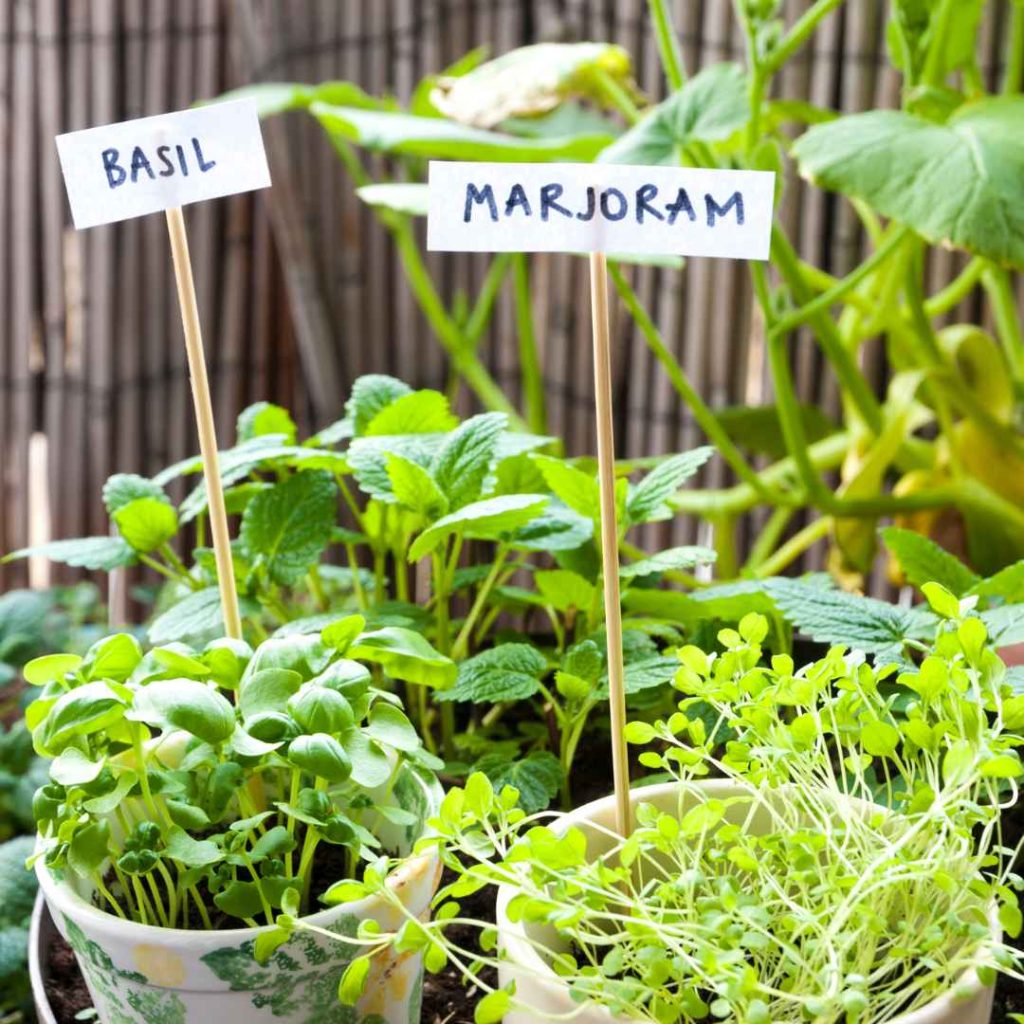
Herbs require as much outdoor illumination as is feasible to thrive indoors. Put them in a bright area close to a south-facing doorway that gets a minimum six hours of sunlight each day.
(Light from an unimpeded, south-facing windowsill is sufficient for the majority of herbs, however domestic lighting is not nearly as strong as direct sunshine outside.) West-facing openings are particularly good for growing medicinal plants like minty flavor, cilantro, and chives that need fewer hours of sunlight.
Provide Adequate Ventilation For Indoor Herbs:
Allowing an indoor plant to percolate on an eating surface or windowsill is the most effective way to damage it. Similarly, letting most plants remain when submerged to allow the roots to decay is the greatest method to damage them.
To capture moisture and save your emerge, place an irrigation pan, saucer, or lining underneath the saucepan. Use metallic, rubber-based products, or silicone saucers rather than mud ones since their material allows dampness to seep down.
Although ceramic vessels aid in irrigation, they can soon dry down. Consider employing a porcelain or disposable receptacle that is not going to dry out as swiftly as terracotta if you are located in a dry environment or want to cultivate herbs within the house throughout the colder months, when radiator heat makes dwellings particularly dried.
Common Indoor Conditions Are Ideal For Domestic Herbs:
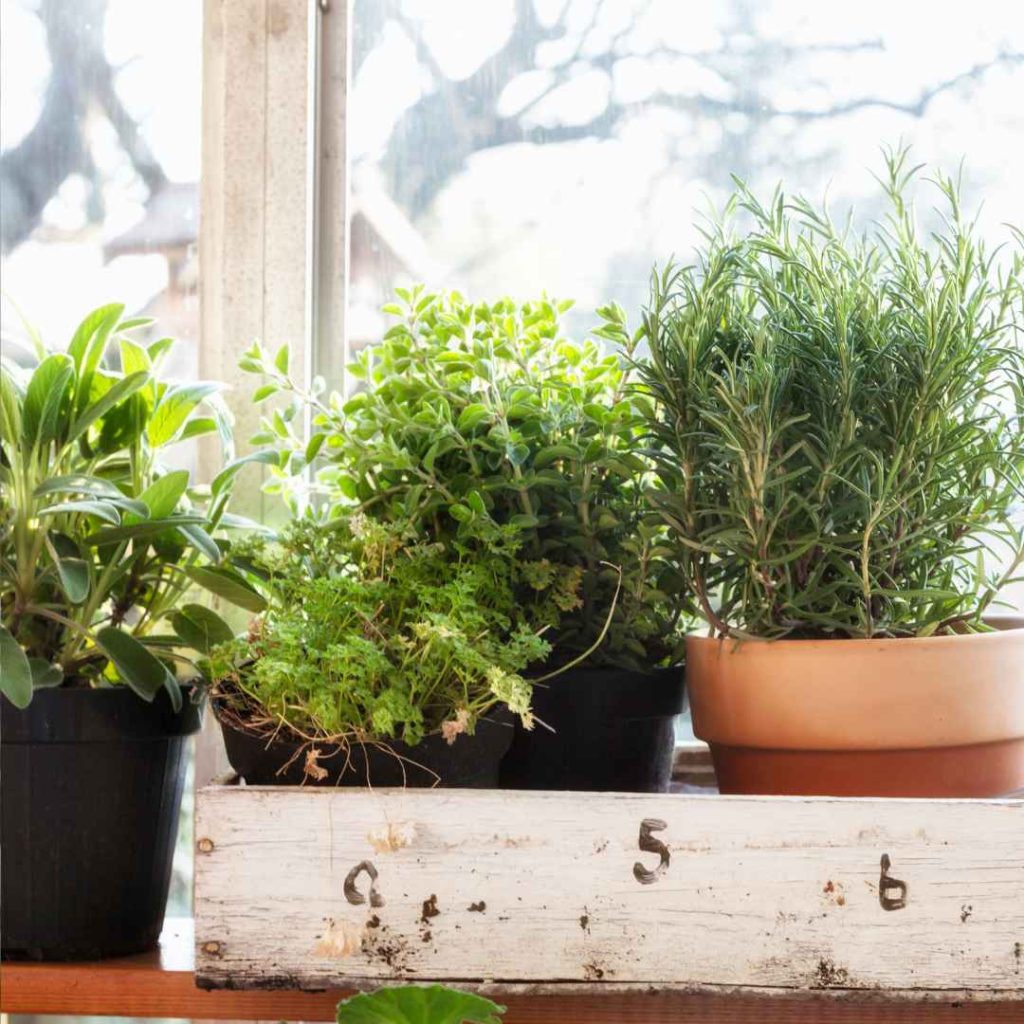
You may develop herbs indoors at every season of year, but numerous chefs do it in wintertime, when it’s extremely damp or below freezing for planting in the ground. Like the majority of individuals, indoor herbs enjoy conditions between sixty-five and seventy degrees Fahrenheit, so if you’re trendy, they undoubtedly are too.
Temperatures around windows can dip to fifty-five or sixty degrees at midnight, but numerous herbs also enjoy that. Avoid letting vegetation come into contact with windshield to prevent frost nipping.
Develop In Water:
Growing herbs indoors using an aquatic (also known as hydroponic) cultivation system is a simple method. Your greenery receive most of the “sunlight” they require from a growing lighting, and they are grown straight underneath water or a dirt-free media, which allows humidity and nourishment to reach the underground parts of the vegetation.
How To Plant Herbs:
Plant herbal products in a position that receives a minimum of 6 hours of sunlight per day as an ordinary rule of practice. Bonnie Plants advises turning out the rest of the illumination on a bright or partially bright day in order to gauge the power of the solar radiation. You should also evaluate the amount of organic daylight present on a regular basis.
All herbs require proper draining and must be grown in containers that receive plenty of daylight. If you’re worried that the openings for drainage will damage your ledge or dining, add an absorbent material or platter to collect any additional liquid. See this website for details on exposure to sunlight and irrigation.
Basil:
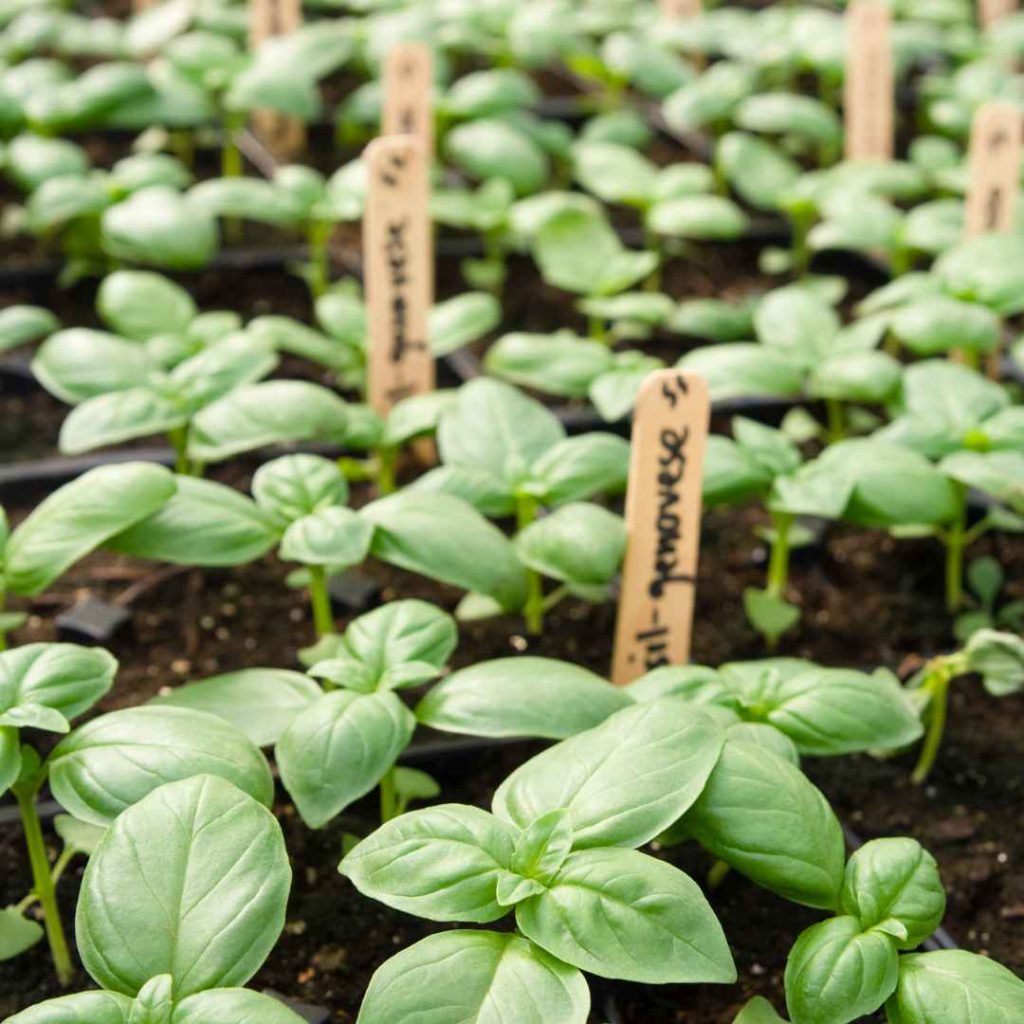
Basil grows best from seedlings, therefore begin the plants in containers in a south-facing windowsill. It needs plenty of sunlight, heat, and water resources, so make sure that the substrate is damp yet not soggy. Often squeeze the highest parts of the vegetation to promote greater development.
Add your freshly harvested basil to sandwiches, ratatouille sausage, spaghetti and pizza marinades, and many other dishes. Implement just slightly water to blend any leftover foliage, then transfer the resulting paste onto a tray of ice pellets and conserve it for use in dishes such as soup, sauces, and risotto in the future.
Bay:
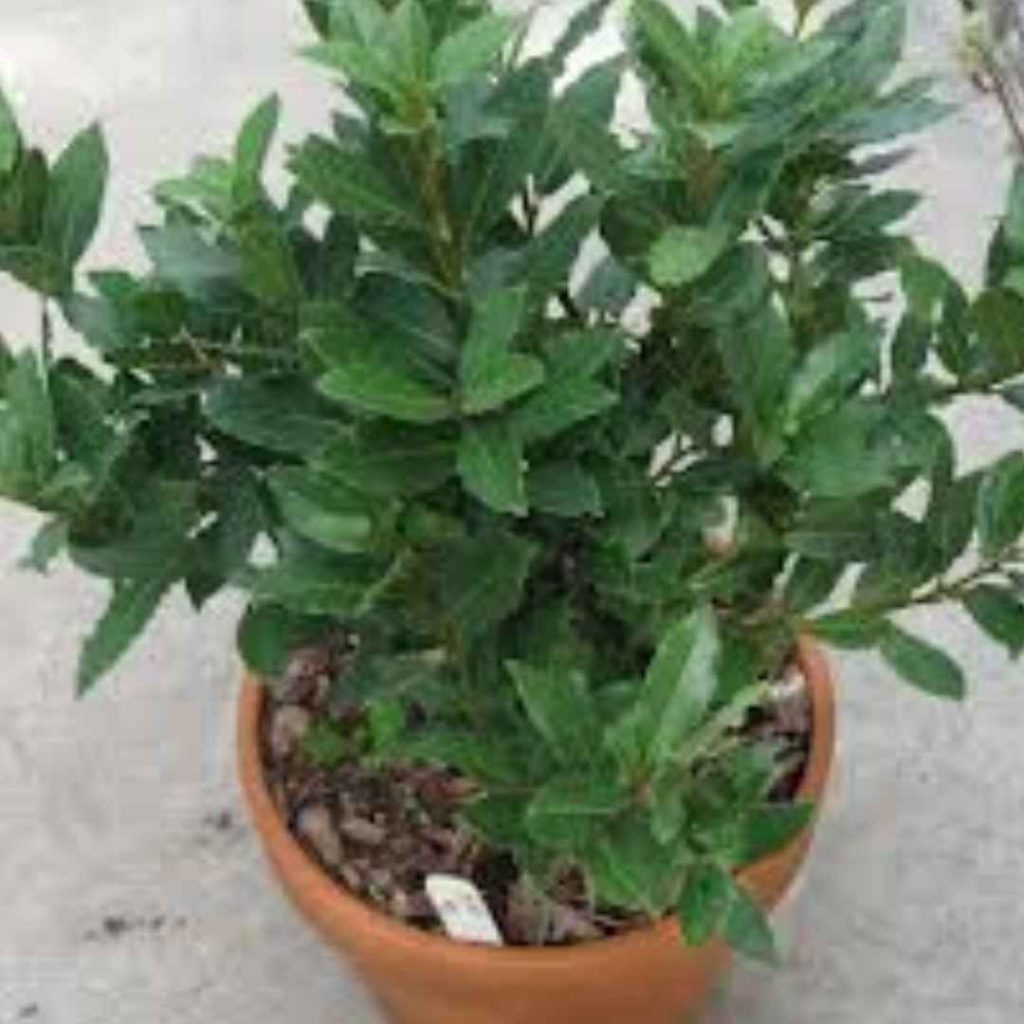
In fact, container-growing works particularly well for bay laurel, an evergreen plant. Since the container requires bright sunlight to moderate sunlight, position it in a window towards either direction. If the vegetation becomes overwhelmed, trim it out. For the Bay to stay functioning properly, ventilation is necessary.
Utilize bay foliage to add taste to condiments, stews, and recipes. If you have spare twigs, consider using them to make a scented garland.
Chervil:
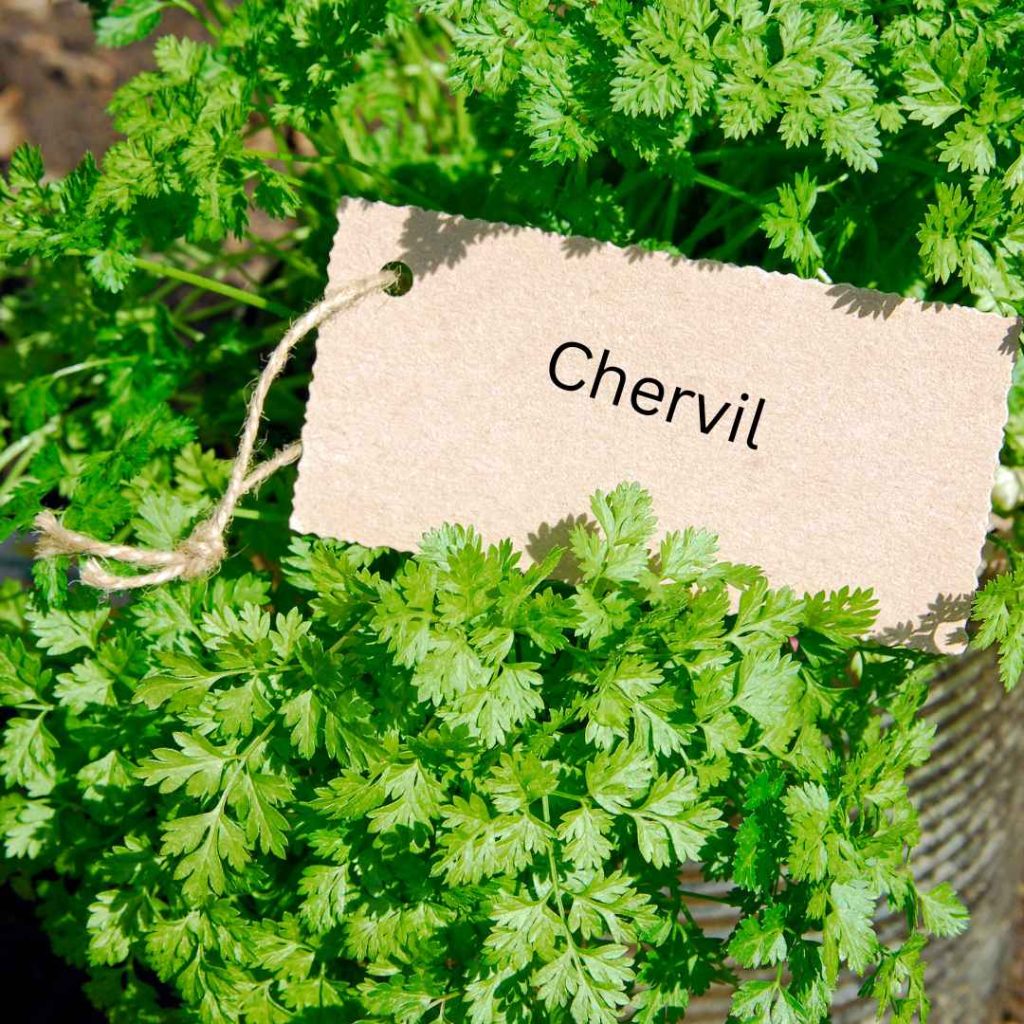
Because chervil is a fragile perennial and widely utilized in French cooking, it is often known as “French parsley.” Sow chervil seedlings in the last weeks of summer or the beginning of the spring.
It thrives in conditions around sixty five and seventy degrees, however it favors sunlight. Chervil is going to develop thicker if the highest points can frequently pinched off, just like basil.
Add the foliage for aquatic animals, chicken, vegetables, and recipes. It may be employed as well to create your personal homemade herb mayonnaise.
Chives:
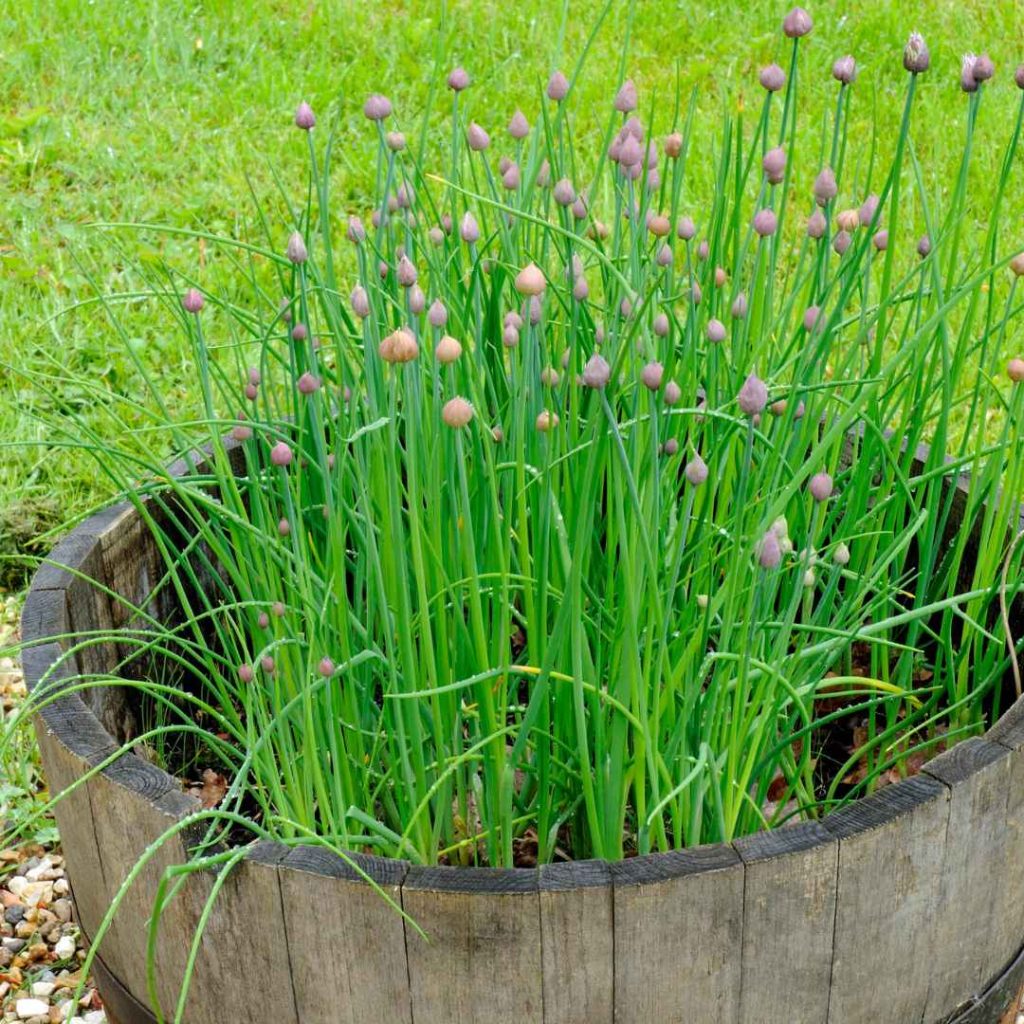
This onion-like plant grows well in direct sunlight in a planter. At the completion of the growth period, especially if you have an existing one in your backyard, you can bring it indoors.
Remove a cluster of your herbal garden plants and put it back in a container. Until the greenery return, keep the container outdoors. For some weekends in the wintertime, relocate the container to your chilly interior location—such as the cellar. Next, put it in the opening with the most light.
Finely chop the foliage and add to homemade soups, sandwiches, roasted potatoes, and omelet. You may even consume the violet blooms; they’re excellent as toppings.
Oregano:
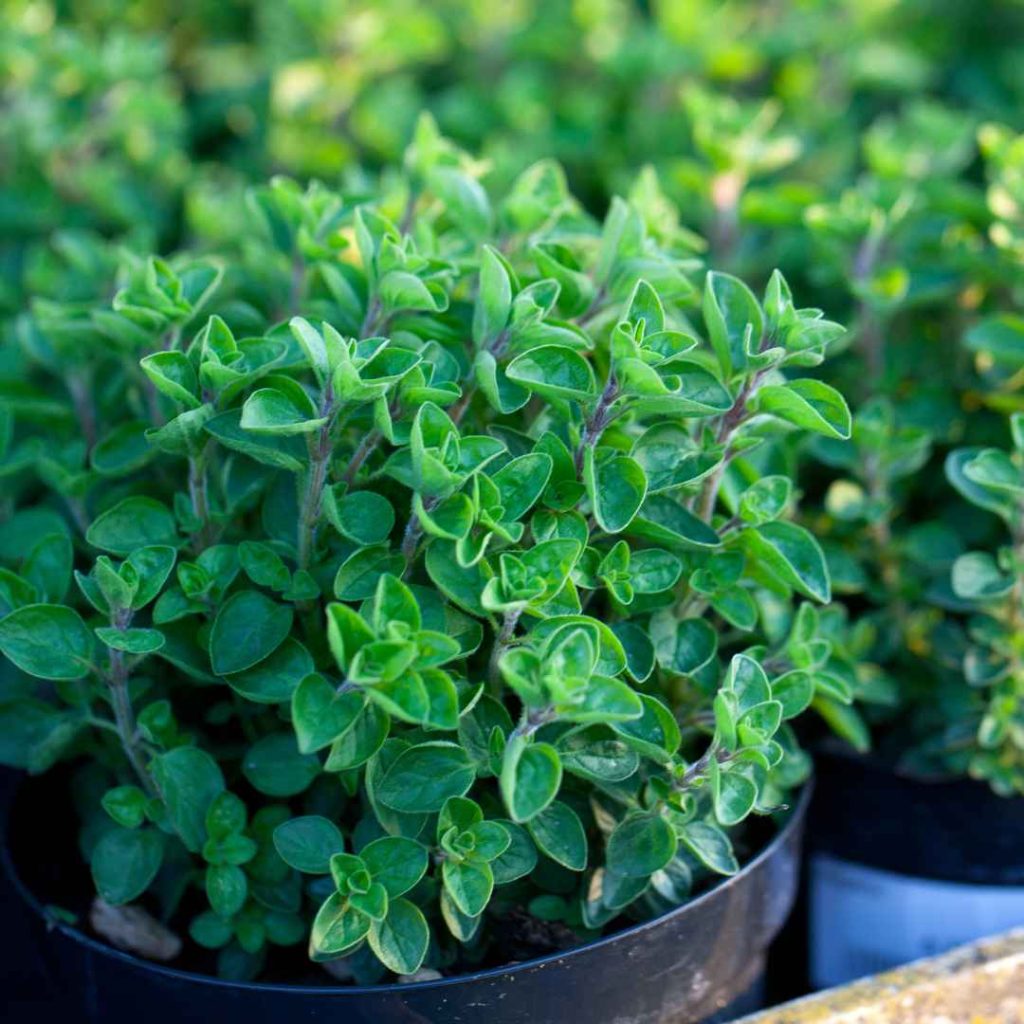
This the eastern Mediterranean plant spreads softly and expands like various mulching plants. Starting with a chopped spike from an outside oregano bush is your finest chance. After planting toppling in a container, set it in front of an opening that faces south.
hydrating oregano shouldn’t be done too frequently; instead, delay unless the substrate is completely dehydrated to the contact. Maintaining consistent pruning will maintain your vegetation appearing strong and in good condition.
Parsley:
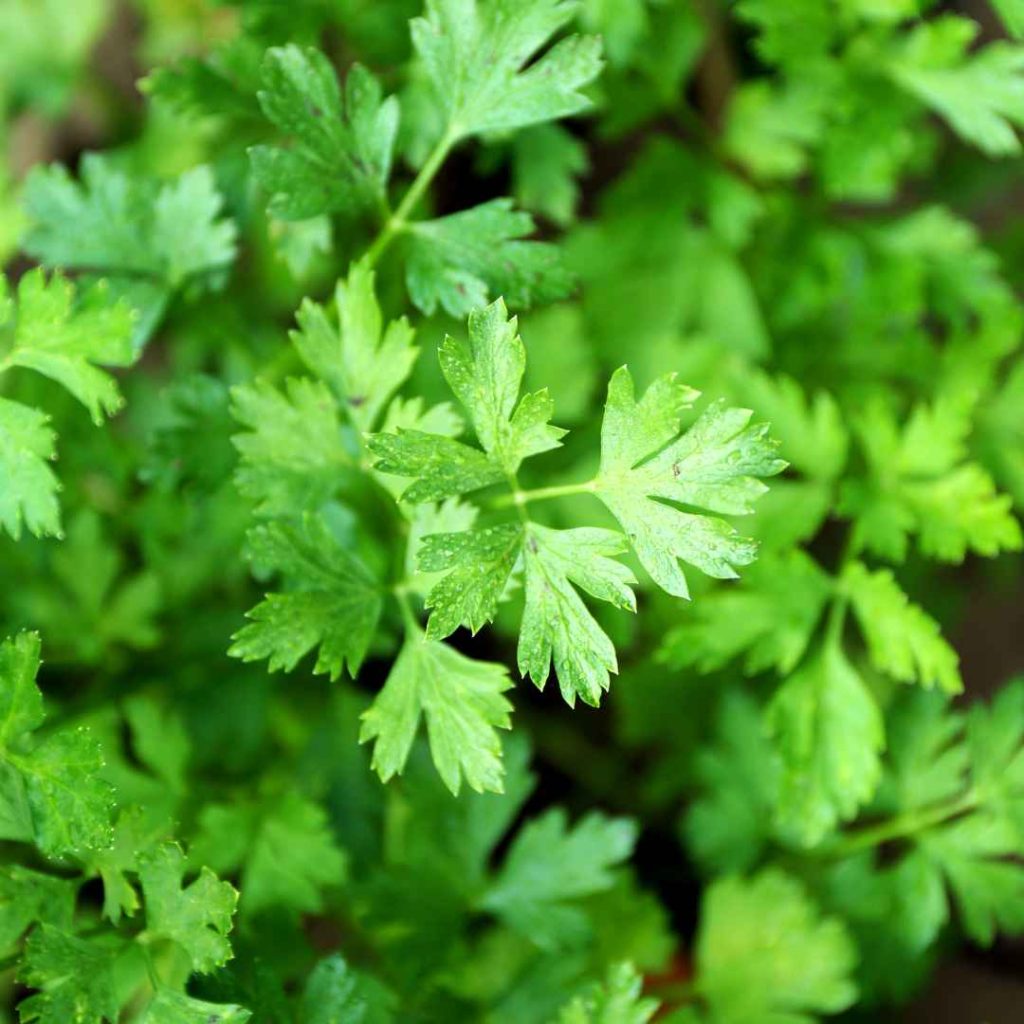
Rather than buying shriveled clumps at the supermarket, cultivate your personal parsley at house. At the completion of the period, pull out an assembly through the backyard or propagate it from seedlings. Although parsley spreads gradually in windows pointing east or west, it prefers a sunny position.
Select the curled type for attractive toppings on carrots, pasta, seafood, sheep, steak, beef and other dishes, and the steeply leaf version for cooking.
Rosemary:
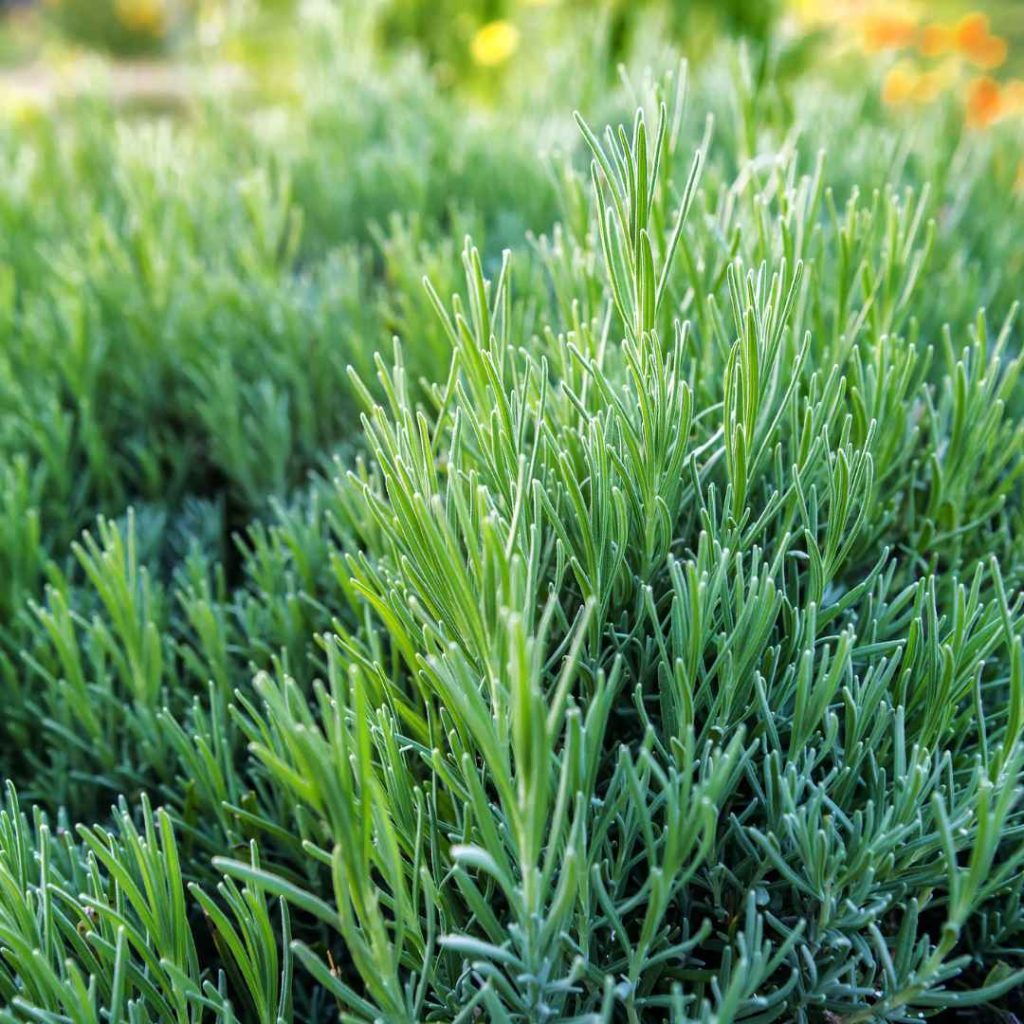
Beginning with a rosemary leaves chopping, establish it by keeping it in a damp dirt-free mixture. It thrives in an opening with adequate ventilation that faces south. periodic trimming may remove as much as thirty percent of the shrub; store any leftover stems for use in wintry casseroles and stews.
This herb’s strong aroma will keep your cooking area smelling great all along the colder months; it’s equivalent to an environmentally friendly air refresher!
Sage:
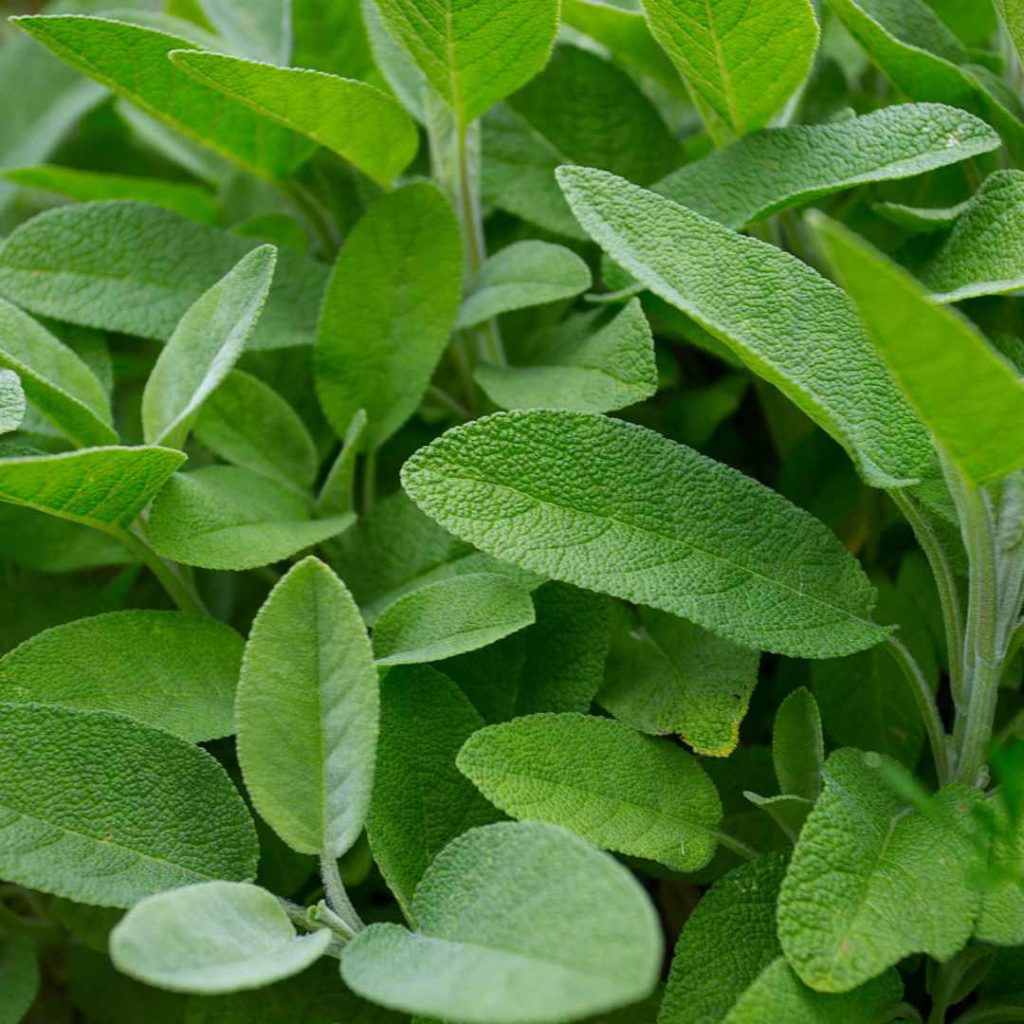
To commence a dwelling sage plant, snip a section off of an exterior bush. It does not mind a chapped, interior atmosphere; nonetheless, it requires bright light from a south-facing doorway. Admire the lovely silvery leaves and pleasant scent as your rewards.
Incorporate your personal sage into recipes with livestock, chicken, or sausages, as well as the traditional Thanksgiving bird and the filling.
Tarragon:
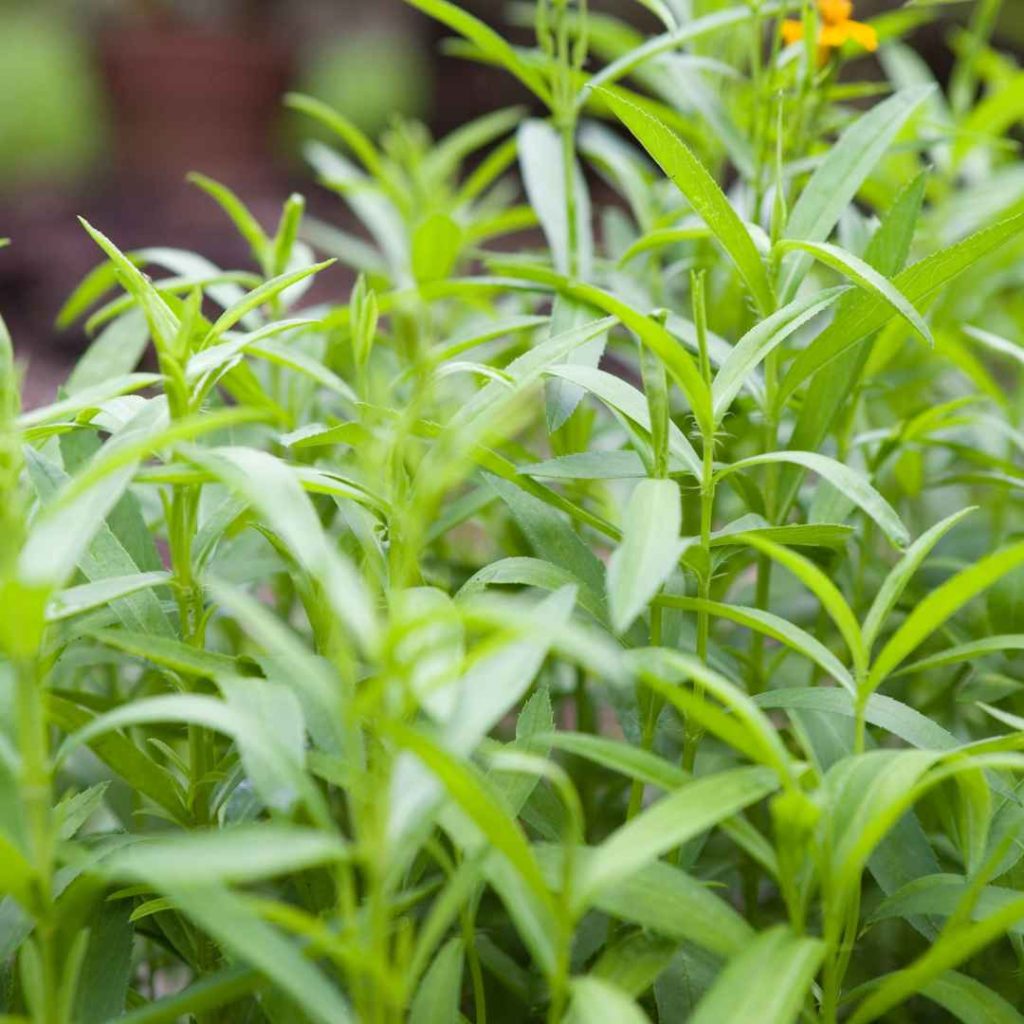
Tarragon needs an inactive season towards the end of autumn or the wintertime to flourish within the house. An established plant from your balcony area should be potted and left exposed unless its foliage begins to drop.
After several days in your coldest internal location, move it to a south-facing windowsill to receive plenty of sunlight as you can. Use a fluid manure and nourish frequently.
Carefully mince the herbs and add them to livestock, yolks, gravies, or dressings for lettuce. You’ll taste something like mustard or garlic.
Thyme:
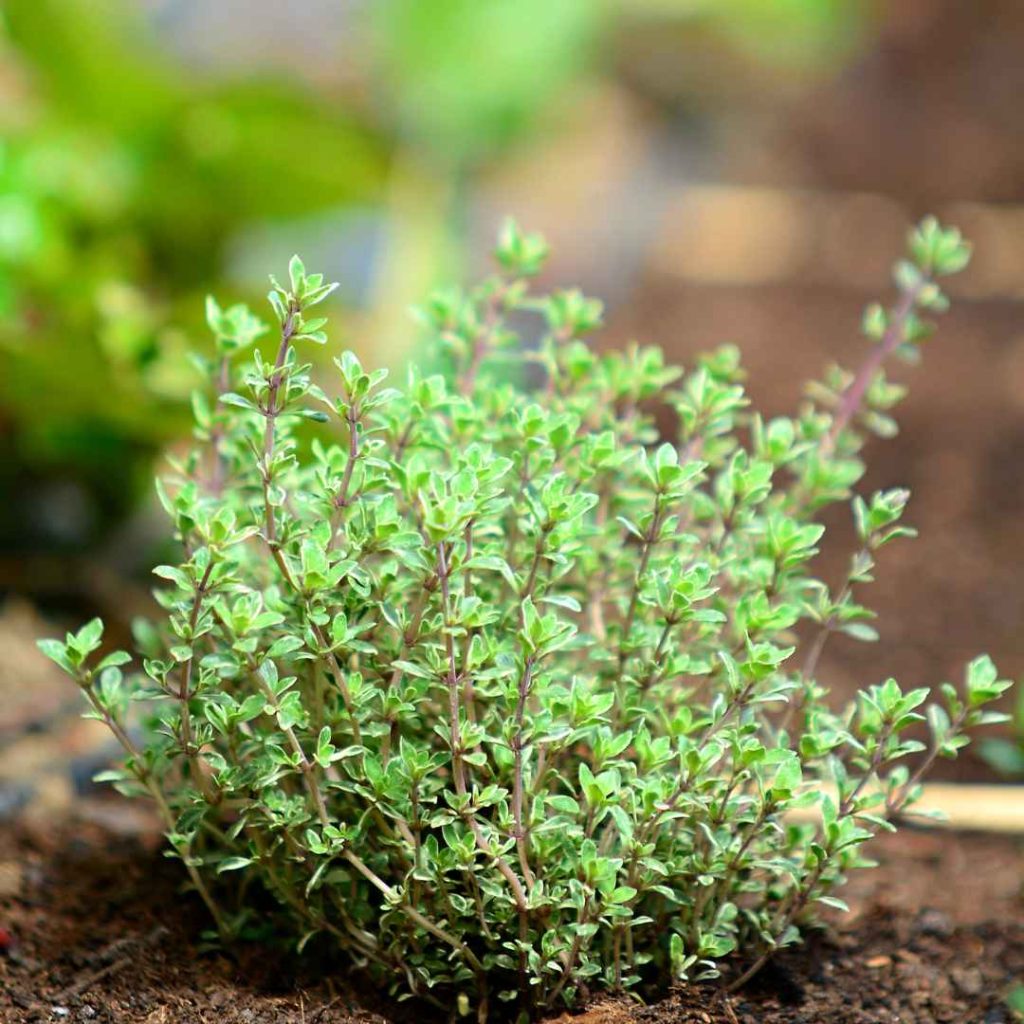
Thyme can be started internally by scooping up and replanting every branch or by transplanting a tender branch that was taken from an outside vegetation. Although it can thrive in an opening pointing either east or west, thyme prefers direct sunlight. Maintain a damp ground and remove branches as required.
Trim complete thyme stalks and knot them into bundles to help the foliage drain. Hold away from the direct sunlight in a hydrated while ventilated area. You may incorporate either damp or fresh leaf in vinegar or syrup, or utilize them to roasted meats, soups, salsas, and salads, among other dishes.
